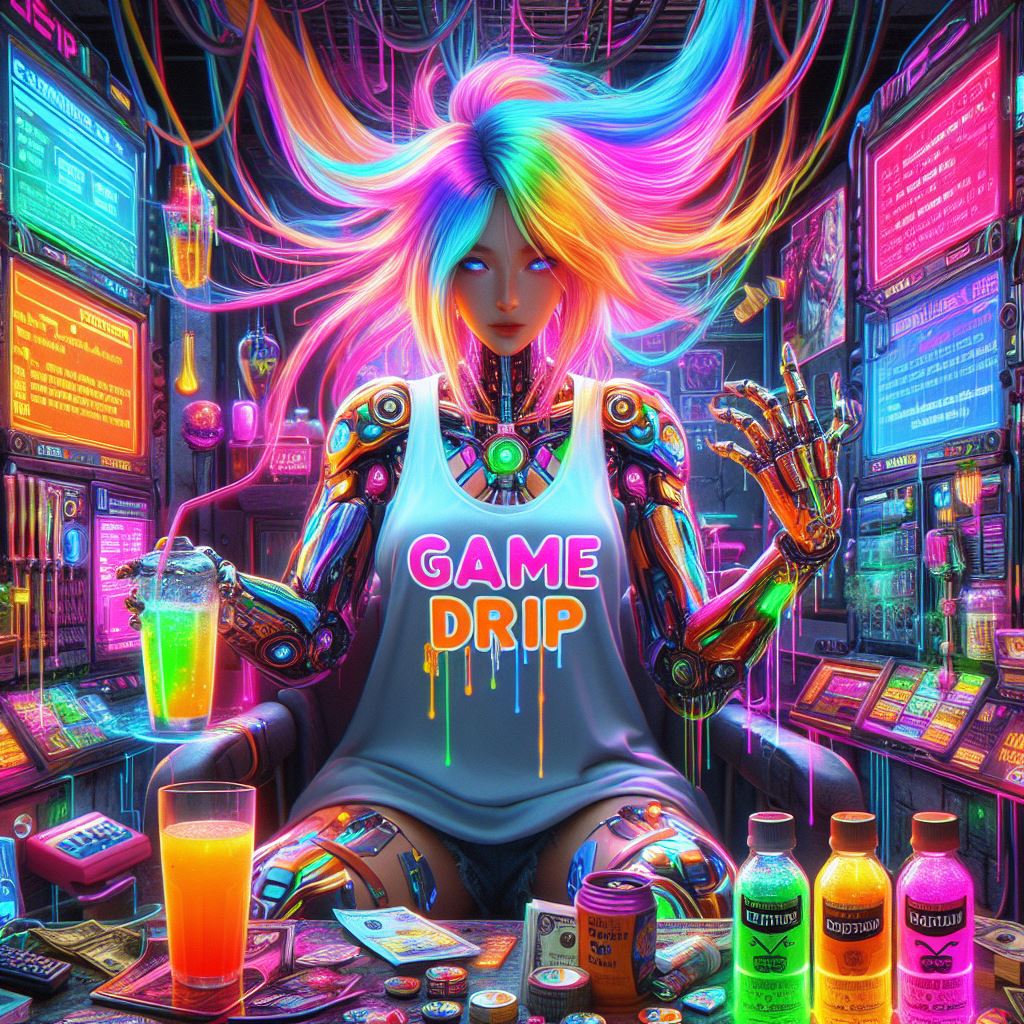As seen on New Minecraft Servers
#EchoSpires #Minecraft #server
Hello, dear guests!
If you are looking for an interesting project that would be aimed at developing community and democracy within the server, then we are glad to welcome you to our team!

The players decide their fate, not the staff!ヽ(・∀・)ノ
What can we offer?
We accept, select and process any of your ideas that will affect the life of the server and the project as a whole.
We are not following the path of a pure vanilla server, and therefore there is a lot of interesting vanilla content that is being added to this day. We like it when Minecraft remains in harmony with itself and nothing breaks its balance.
What innovations do we have?

◾ Invisible frames
◾ PlasmoVoice
◾Endermen cannot pick up or place blocks
◾ And much more!
What about server players? Community?

We do not support toxicity, passive and active aggression, and therefore we punish.
We have a friendly and brilliant server, which we promote not only as a project, but also as a community in particular.
We fully support any creativity and ambitions, because healthy competition is great, everyone can find a group to their liking and do something interesting with other players!
Our virtues, merits and achievements?
Very responsive moderation that will help with problems and adversities. Relatively loose rules. We also do not give second chances to griefers and cheaters, we do not give out donations, and again, we do not like it when players quarrel and fan the flames of hostility. You can also access the server from your phone!
Our shortcomings, because everyone has them.
Firstly, we do not use the most standard core, which may affect the construction of huge farms and mechanisms, which, sometimes, may not work. We have Whitelist installed, not everyone will like it, but rest assured that most of the players will join the server!
We are not very experienced yet, so there may be some bugs on the server, but we try to fix bugs and glitches every day.
How can you get to us? What do I need to do?
First install version 1.20.2. After which you need to join our discord channel. No need to pay! You just need to submit an application, depending on it we will decide whether you can get into our group of players or not.
☎ Our contacts and IP address:
Discord where you can apply to join: https://discord.com/invite/6S4DxBdPgq
VKontakte: https://vk.com/invite/P6iMAD4
IP: mc.echospires.fun (Version 1.20.2+)
We hope that you will definitely join us! (★ω★)/




















